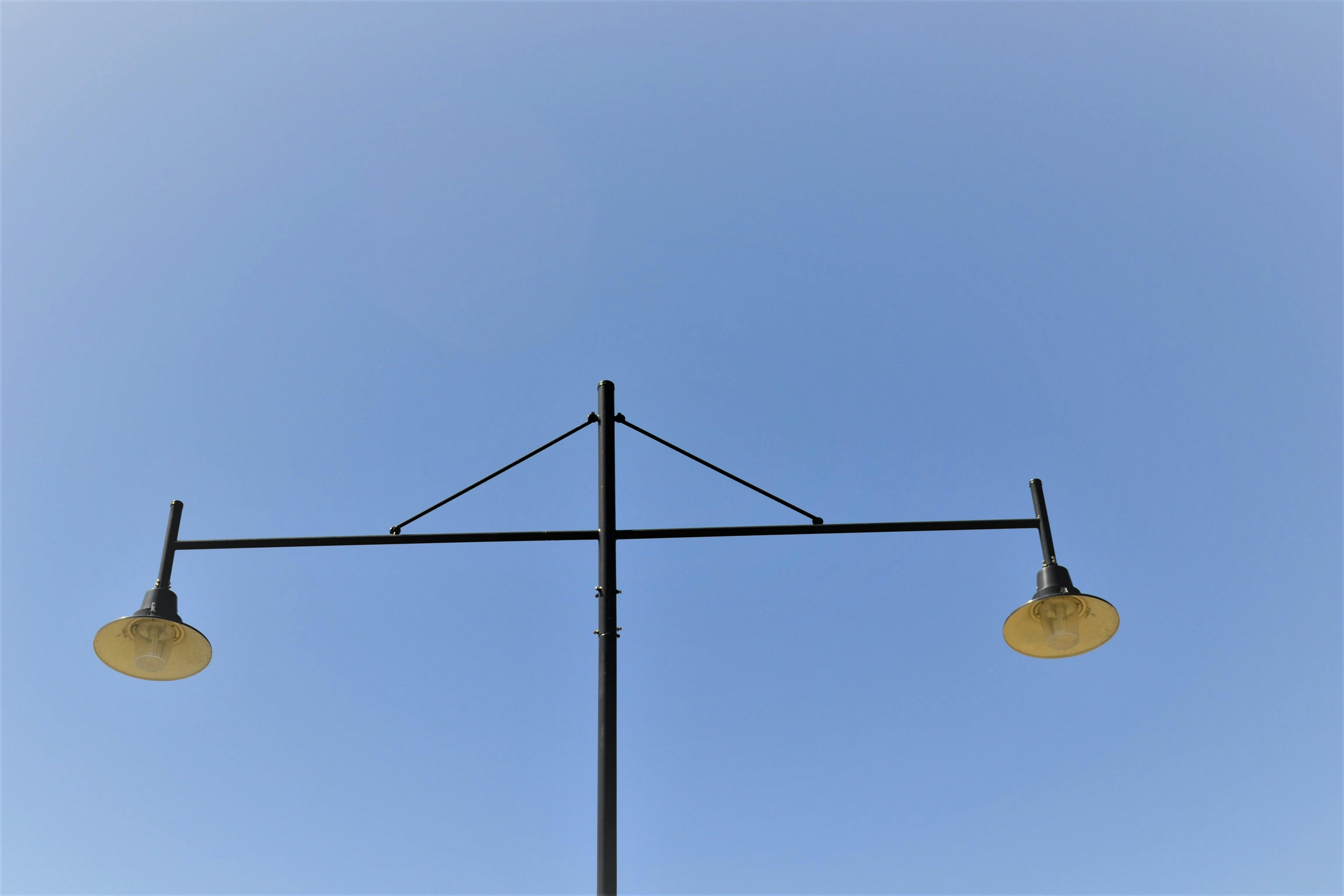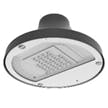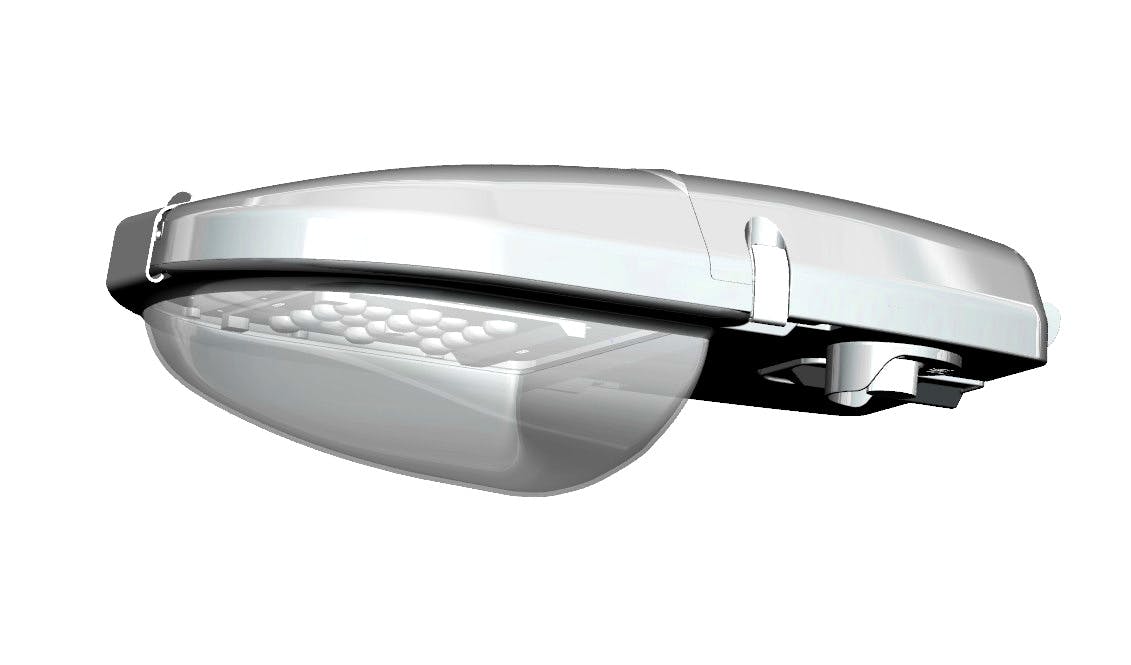FAQs
Why do this project now?
Recent advancements in LED technology present the three Councils with the opportunity to significantly reduce the energy use and maintenance costs associated with street lighting along its roads. In addition, it allows each Council to address issues with the current lights, which are inferior from an energy, maintenance and quality perspective.
Also, Mercury Vapour lights have been banned from importation, due to the Minamata Convention. These lights have been mandated for replacement by the Australian Government.
When does the project take place?
The installation works are commencing mid-February 2022, to be completed by June 2022. Please note, weather and other factors can result in delays.
In East Gippsland the upgrades will begin in Bairnsdale during late March 2022 and progress across the Shire. Completion is anticipated by early May 2022, in approximately the following order:
- Bairnsdale
- Nicholson
- Metung
- Paynesville / Eagle Point
- Mallacoota
- Cann River
- Orbost / Marlo
- Buchan
- Omeo
- Benambra
- Swifts Creek / Ensay
- Bruthen
- Lakes Entrance
- Swan Reach
Please note that due to operational efficiencies and other related delays we may opt to swap the order of towns within a Council region, however this will be the exception.
What does the project involve?
Around 5,126 major and minor road streetlights will be replaced with energy-efficient and better-quality LED alternatives in this project across the three Councils.
Around 1,755 standard and decorative lights will be replaced across East Gippsland Shire on major and minor roads street across the East Gippsland Shire area. Mercury Vapour, Compact Fluorescent and High Pressure Sodium lights will be replaced with LED between March and June 2022.
How is the project being funded?
This project is being funded by the Australian Government’s Local Roads and Community Infrastructure (LRCI) program.
How will the works affect my street on the day?
The changeover of street lights involves a single elevated work platform with two to three crew members. It takes less than 5 minutes to replace a street light, so any disruptions to traffic flow in your street should not last long. All cars can remain parked on the streets. Works are expected to take place on weekdays during business hours.
Streetlights progressively fail and need replacing, with the existing light having lifetimes of between 5 and 15 years, resulting in multiple and frequent disruptions. The new LED lights have a lifespan of 20+ years, so disruptions will decrease as a result of this rollout.
Why are the lights so bright?
The light levels are governed by regulations, and are regulated for safety and amenity reasons.
The new lamps are an equivalent brightness to the old lamps they are replacing. However, the old lamps fade over time, so may have appeared ‘duller’ when compared to the new ones. The old lamp would have been approximately the same light level as the new one when it was first installed.
Also, the different “colour temperature” of the LED's (cooler white; bluer / less yellow) can sometimes make the light appear brighter. But the lighting levels are the same.
I don’t like the colour of the light / the new lights are too “cold”
All lamps are now replaced with LEDs, as the old lamps are no longer available. LEDs are, by their nature, are a more “blue” or “cooler” white than many of the lamps they are replacing, which appeared more “yellow”. Council chose the “warmest” LED's available.
Who is installing the new lights?
Magnetic Services have been contracted through a collaborative tender across the three Councils to undertake the replacements. Ironbark Sustainability, who will be project managing the installation on behalf of Council, will also manage the contractor and liaise with each Council throughout the project.
Why did Council choose these particular lights?
The LED lights chosen by Council have been approved for use by AusNet, which is the distribution company that owns the lighting infrastructure in the municipality. The lights have been tested to ensure they meet relevant Australian Standards in regard to safety and light levels. Trial results throughout Victoria have demonstrated that they have superior performance to the existing lights.
The new lights have:
- Greater uniformity of light across and along the street
- Better colour rendering and visibility
- Less depreciation of the light output over time
- Lower maintenance costs
How much energy, greenhouse gas emissions and money will this project save?
This project will save energy and money, and drastically reduce greenhouse emissions. It will:
- Significantly reduce energy consumption and associated costs
- Replace around 5,126 street lights with more energy-efficient and better-quality LED alternatives
- Achieve energy and maintenance costs savings of approximately $9.4 million across the three Councils over the life of the assets
- Save around 25,000 tonnes of greenhouse emissions between now and 2040
- For East Gippsland the project is anticipated to make annual savings of approximately $228,000 and cumulative net savings of $4,563,907. The project has a net present value of $3,165,370 using a discount rate of 2.75% over 20 years.
- The project is solving an emerging problem with the planned phase out of mercury in lights, of which Council would be expected to fund the replacement cost in the coming years.
Who makes the lights?
The LED lights are made by Sylvania Schreder.
How long do the lights last?
The luminaire (the main body of the light) will last about 20 years, as will the LED chips. The photoelectric cells last 10 years.
Who actually owns the lights?
The street lighting infrastructure is owned and maintained by the local distribution network service provider, AusNet.
Are the old lights recycled?
Yes! The recycling of old lights that are taken down during a bulk change is the responsibility of the installer. The tender for installation of the lights specifies waste disposal requirements including the recycling of around 98 per cent of the old lights. For example, the glass collected is recycled into products such as glass wool insulation for homes. The mercury is distilled and reused in the dental industry to manufacture amalgam. The aluminium body and other fixed components (for example, steel screws, copper wires) are collected and end up as ingots used in the industry.
My light outside my house doesn’t appear to have changed?
During the installation, the installers may have visited your site and been unable to change the light. This might be due to parked traffic on the street or other obstructions, or the requirement for non standard fittings/brackets.
The installer may return to your street to complete the installation at a later date. You can monitor progress through the live tracking map.
The project is fully funded by the Federal Governments Local Roads and Community Infrastructure Program – Phase 2.





